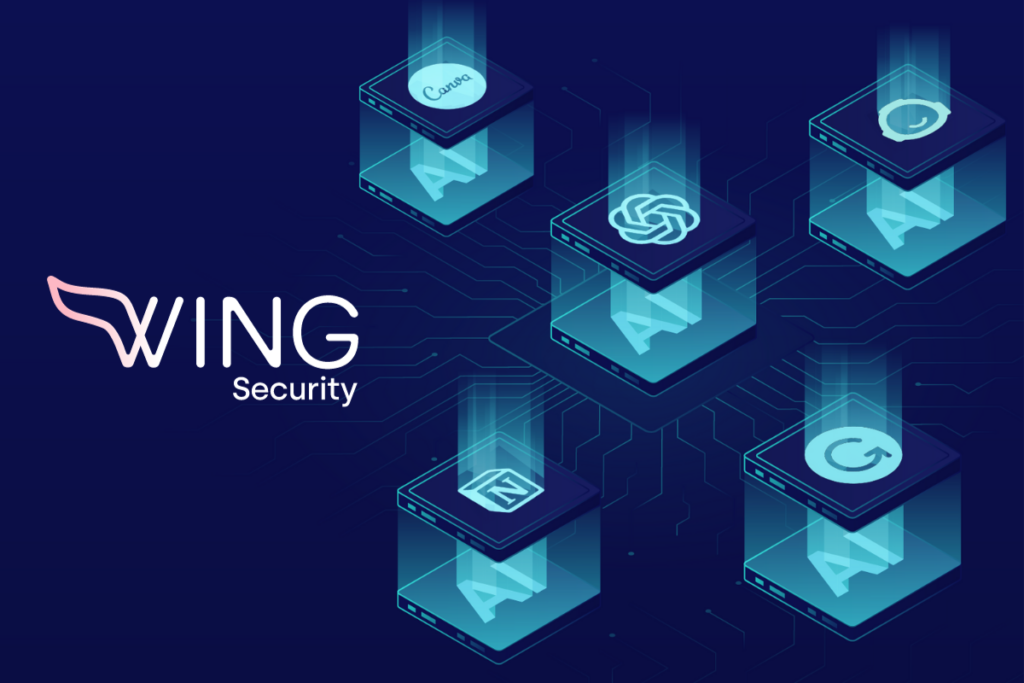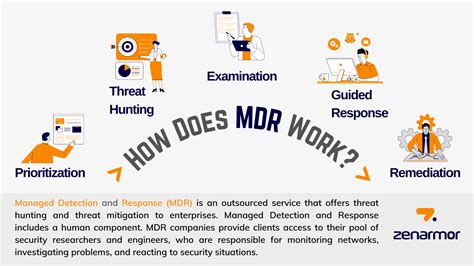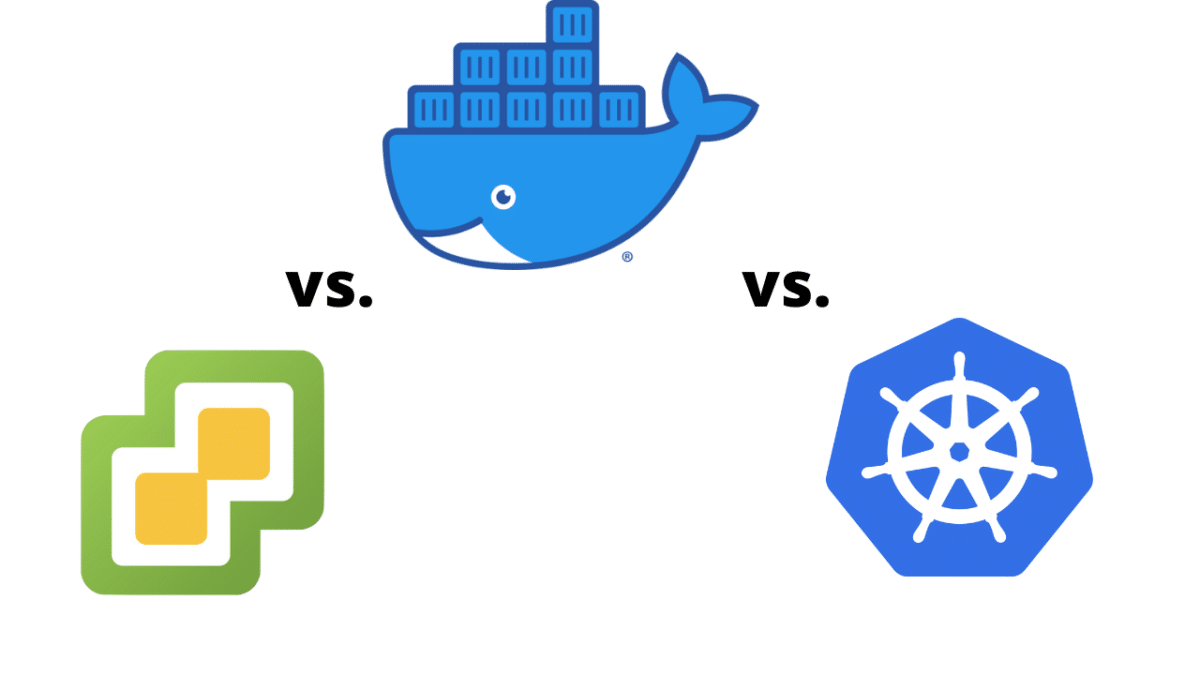5 SaaS Security Tips

As the world becomes increasingly digital, the importance of robust security measures for Software as a Service (SaaS) applications cannot be overstated. SaaS security is a multifaceted challenge that involves protecting not just the application itself, but also the data it handles and the users who interact with it. In this comprehensive guide, we will delve into the critical aspects of SaaS security, exploring five paramount tips designed to fortify your SaaS applications against the ever-evolving landscape of cyber threats.
Understanding the Landscape of SaaS Security
Before diving into the specific security tips, it’s essential to grasp the broader context of SaaS security. The SaaS model, where software is licensed on a subscription basis and hosted centrally, presents unique security challenges. These include data breaches, unauthorized access, compliance issues, and the ever-present threat of malware and ransomware. Understanding these risks is the first step in crafting an effective security strategy.
1. Implement Multi-Factor Authentication (MFA)
A cornerstone of modern security practices, Multi-Factor Authentication (MFA) adds a critical layer of protection to the traditional username and password combination. By requiring users to provide additional forms of verification—such as a code sent to their phone, a biometric scan, or a physical token—MFA significantly complicates unauthorized access attempts. This method is particularly effective against phishing attacks and password cracking, which are among the most common entry points for cyber attackers.
<div class="security-tip">
<h3>Implementing MFA</h3>
<p>Enhance login security with multi-factor authentication to safeguard against unauthorized access.</p>
<ul>
<li>Reduce the risk of phishing and password attacks.</li>
<li>Protect sensitive data with an additional layer of verification.</li>
<li>Comply with security standards that require MFA for access.</li>
</ul>
</div>
2. Conduct Regular Security Audits and Penetration Testing
Regular security audits and penetration testing are proactive measures that help identify vulnerabilities before they can be exploited by attackers. These tests simulate cyber attacks on your SaaS application, revealing weaknesses in your security posture. By conducting these audits regularly, you can stay ahead of potential threats, patch vulnerabilities, and ensure that your security protocols are up-to-date and effective.
<div class="pro-con">
<h3>Benefits and Challenges of Regular Audits</h3>
<table>
<tr>
<th>Benefits</th>
<th>Challenges</th>
</tr>
<tr>
<td>Early detection of vulnerabilities</td>
<td>Resource intensive</td>
</tr>
<tr>
<td>Enhanced security posture</td>
<td>Potential system downtime</td>
</tr>
<tr>
<td>Compliance with security standards</td>
<td>Cost implications</td>
</tr>
</table>
</div>
3. Encrypt Data Both in Transit and at Rest
Data encryption is a fundamental aspect of SaaS security, ensuring that even if data is intercepted or accessed unauthorized, it will remain unreadable without the decryption key. Encrypting data both in transit (as it moves from the user to the server and back) and at rest (while it is stored on servers) provides comprehensive protection. Utilizing protocols like HTTPS for data in transit and implementing robust encryption algorithms for data at rest are critical steps in safeguarding sensitive information.
<div class="step-by-step">
<h3>Encrypting Data</h3>
<ol>
<li>Implement HTTPS (SSL/TLS) for secure data transmission.</li>
<li>Use robust encryption algorithms (e.g., AES) for data at rest.</li>
<li>Regularly update and patch encryption protocols to prevent vulnerabilities.</li>
</ol>
</div>
4. Foster a Culture of Security Awareness
-security awareness among users is a vital yet often overlooked aspect of SaaS security. Users, whether they are customers or internal team members, are frequently the weakest link in the security chain. Through regular training and awareness campaigns, you can educate users about best practices, such as recognizing phishing attempts, using strong and unique passwords, and understanding the importance of keeping software up-to-date. This proactive approach helps prevent many common security incidents.
<div class="expert-insight">
<blockquote>
"A well-informed user is the best defense against many cyber threats. Investing in security awareness training can significantly reduce the risk of breaches."
</blockquote>
<p>— Security Expert</p>
</div>
5. Ensure Compliance with Relevant Regulations
Compliance with regulatory standards such as GDPR, HIPAA, and SOC 2 is not just a legal requirement but also a demonstration of commitment to security and privacy. Ensuring that your SaaS application meets these standards involves implementing specific security controls, conducting regular audits, and maintaining detailed documentation of your security practices. Compliance not only protects your users’ data but also shields your organization from potential legal and reputational damage.
<div class="faq-section">
<div class="faq-container">
<div class="faq-item">
<div class="faq-question">
<h3>What regulatory compliance means for SaaS applications?</h3>
<span class="faq-toggle">+</span>
</div>
<div class="faq-answer">
<p>Regulatory compliance involves adhering to specific security and privacy standards to protect user data and maintain legal and ethical integrity.</p>
</div>
</div>
</div>
</div>
Conclusion
Securing SaaS applications is an ongoing challenge that requires vigilance, expertise, and a commitment to best practices. By implementing multi-factor authentication, conducting regular security audits, encrypting data, fostering a culture of security awareness, and ensuring compliance with relevant regulations, you can significantly enhance the security posture of your SaaS application. In a digital landscape where threats are ever-evolving, staying proactive and adaptive is key to protecting your users, your data, and your business.
<div class="key-takeaway">
<p><strong>Security is an ongoing process.</strong> Regularly update your security measures to stay ahead of emerging threats and protect your SaaS application.</p>
</div>



